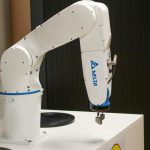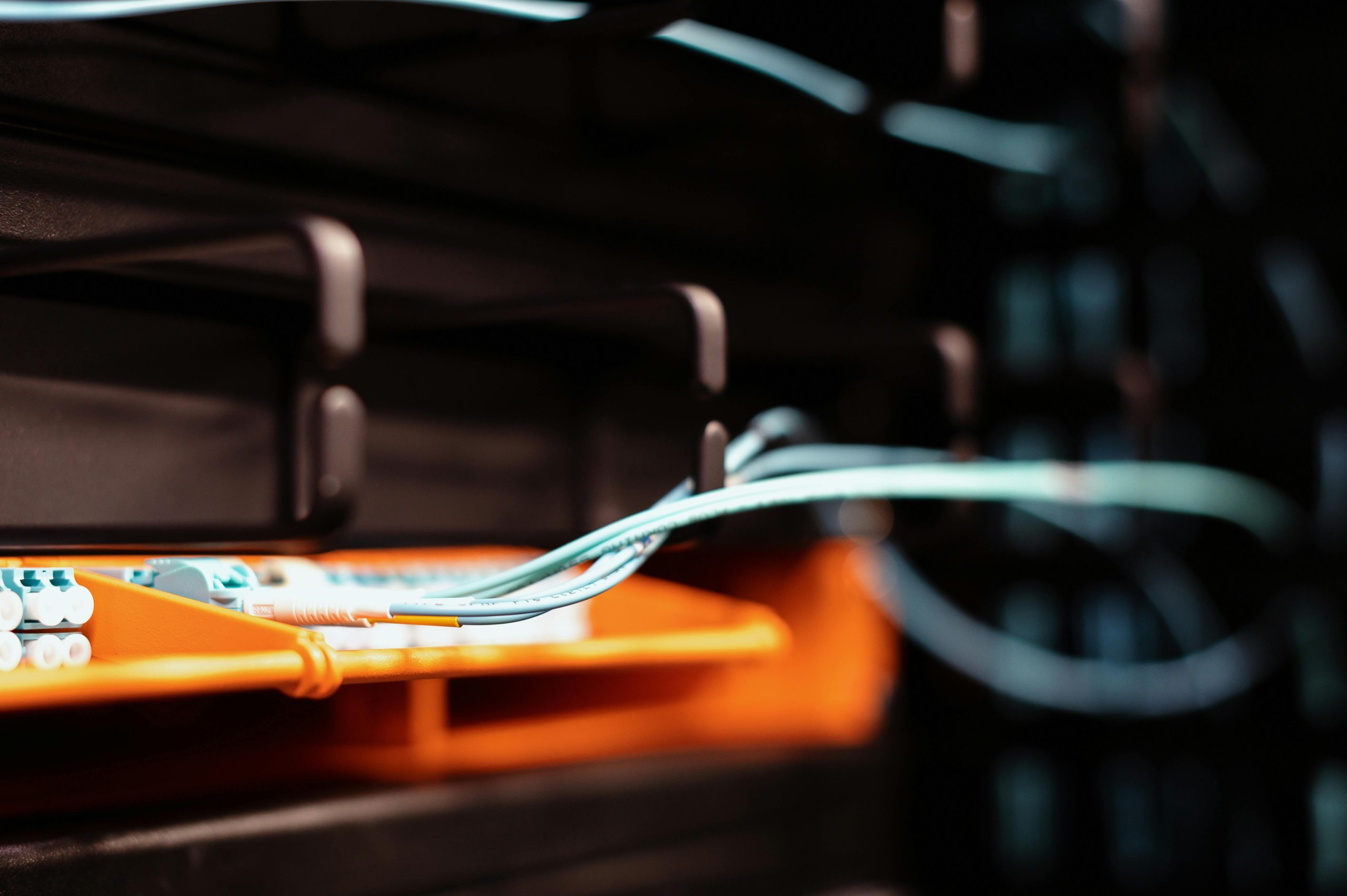
The Concrete Benchmarks of Unlocking Future Wealth: The Tranche Targets
The path to monetizing this vision—and specifically, the path for the executive leadership to collect the full quantum of the recently approved, record-breaking compensation package—is not vague optimism. It is delineated by a series of incredibly specific, yet profoundly challenging, quantitative objectives. These are measurable, auditable business achievements that must be met within the specified ten-year timeframe. Missing even one of these targets could jeopardize the entire payout, creating a high-stakes execution environment where every quarter matters. The most recent shareholder vote, held in early November 2025, solidified these goals as the direct translation of the robotics vision into business reality. The package demands an $8.5 trillion market capitalization and $400 billion in Adjusted EBITDA, alongside milestones for vehicle and FSD sales, but the hardware-specific operational targets are the clearest indicators of physical deployment success.
The Dual Autonomy Targets: The Proof of Concept at Scale. Find out more about Musk compensation package humanoid robot goals.
Two specific targets perfectly embody the twin pillars of the company’s future success, serving as the initial proof points for scalability and market acceptance. * **The Robotaxi Milestone:** Achieving the deployment of **one million** fully operational robotaxis navigating public roads *without* a human safety operator. This is the ultimate validation of the company’s vehicular AI stack—the Full Self-Driving (FSD) system—operating unsupervised in the chaotic, real world. * **The Humanoid Milestone:** Simultaneously, the requirement to sell or deploy **one million** Optimus humanoid units. This sets a clear initial production floor for the robotics division, signaling that the general-purpose robot has moved past the factory floor novelty phase and is ready for broader commercial acceptance. While Musk has predicted unsupervised FSD will be nationwide by 2026, and he plans to ramp Optimus production faster than any in human history, hitting one million units of *each* is the non-negotiable step-up required to trigger the next major tranche of the payout. It forces a focus on logistics, manufacturing excellence, and real-world product utility beyond the lab.
The Overarching Market Capitalization Ascent
Beyond these unit numbers, the ultimate metric tying everything together is the sustained, substantial increase in the company’s overall market valuation. The compensation package is predicated on achieving an **$8.5 trillion market capitalization**. To put this in perspective, as of this writing, the world’s top companies reside in the $4-5 trillion range. This target requires a growth factor that few established companies achieve in their entire existence, let alone within a single decade. This ultimate barometer measures investor belief in the successful integration and monetization of *both* the automated vehicle fleet and the burgeoning humanoid workforce. The transition from an automotive company valuation to a global labor-automation platform valuation hinges on meeting these audacious figures. If you are tracking the progress against the **EV and autonomy milestones**, keep a close eye on quarterly reports for production velocity figures.
Navigating the Competitive Ecosystem and Evolving Narratives. Find out more about Musk compensation package humanoid robot goals guide.
The path to fulfilling this trillion-unit narrative is not one taken in a vacuum. The landscape for both autonomous vehicles and advanced robotics is rapidly accelerating. The initial, unimpeded technological lead the company once enjoyed is now being fiercely contested, forcing a constant, necessary re-evaluation of timelines and deployment tactics. The vision is no longer a solitary pursuit; it is a contested space requiring superior *market execution* alongside technical genius.
The Hybrid Approach of Mobility Rivals
In the realm of autonomous ride-hailing, the competitive pressure isn’t just coming from pure tech plays. Established ride-sharing giants, who struggled to crack the complexity of in-house self-driving development, have pivoted aggressively to partnership models. Collaborations between these established players and leading autonomous technology developers signal a market belief that a **hybrid approach**—leveraging existing user bases with proven, albeit nascent, self-driving tech—might be the fastest route to widespread deployment [cite: 14, though Musk has previously acknowledged Waymo paving the way for robotaxis]. This places direct pressure on the timeline for achieving fully unsupervised autonomy validation across a massive fleet, as competitors are aiming to scale via existing customer relationships rather than solely proprietary hardware deployment.
The Rise of Competing Humanoid Platforms. Find out more about Musk compensation package humanoid robot goals tips.
The industrial robotics space is witnessing equally aggressive entry, often from established automotive and industrial players headquartered outside the traditional US tech centers. We are seeing the emergence of sleek, battery-powered humanoid models explicitly marketed as ready for near-term commercial duty in logistics, retail, and factory settings. These rivals are framing their offerings not as long-term philosophical statements but as *practical business solutions available soon*. This public scrutiny directly tests the Optimus development schedule. For example, some major international auto manufacturers are partnering with leading robotics startups like Apptronik and Figure.AI to deploy their own platforms. This forces the Optimus division to move quickly from internal factory deployment to demonstrating concrete, useful capabilities in diverse, customer-facing environments beyond the laboratory walls to maintain perceived leadership in **humanoid robotics**.
The Intrinsic Motivation and Leadership Imperative: Beyond the Wealth Factor
The necessity of tying this colossal financial reward to the core robotics goals goes far beyond mere wealth generation for the executive. It speaks directly to the fundamental challenge of leadership retention and the executive’s own documented preference for pursuing seemingly impossible engineering feats. The package was, in part, a defensive and galvanizing measure designed to ensure the continued, focused engagement of the singular individual deemed essential to achieving the company’s most ambitious, future-defining projects. The recent shareholder approval, despite questions about the **core automotive business**, underscores this perceived necessity.
The Conundrum of Succession Planning and Governance. Find out more about Musk compensation package humanoid robot goals strategies.
A significant, underlying concern that motivated many shareholders to approve this unprecedented pay structure was the palpable uncertainty surrounding the company’s strategic direction should the executive leader disengage or reduce focus. The organizational structure exhibits a near-total dependence on this single visionary figure, raising profound governance questions about continuity and succession—a risk that has caused internal consternation for years. Securing this financial commitment acts, in a sense, as an insurance policy. It binds the leader to the company through a decade-long commitment to his most complex, long-term engineering endeavors, thereby attempting to mitigate the existential risk associated with a potential leadership vacuum should he pursue other ventures, such as space exploration, more actively. The board chair has publicly emphasized that the package is “less about compensation and more about the voting influence,” highlighting the governance aspect.
Fueling the Fire of Impossibility: Motivation Through Skepticism. Find out more about Musk compensation package humanoid robot goals overview.
Perhaps the most interesting element of the *economic calculus* is the psychological one. The executive has a well-documented history of drawing energy and focus from external skepticism and the label of being “pathologically optimistic.” By setting the compensation goals at the very edge of current technological feasibility—a goal that critics might view as science fiction—the compensation structure effectively transforms external doubt into internal, driving motivation. The “trillion reasons” for this structure are thus twofold: the financial windfall itself, and the galvanizing effect of having a clearly defined, globally recognized, near-impossible mission. This narrative frames the entire multi-year endeavor as the final, greatest test of the executive’s ability to bend technological reality to his will, making the mission the ultimate catalyst for unprecedented **innovation in robotics**.
Actionable Takeaways and The Road Ahead
For observers, investors, and technologists interested in the *economic calculus of artificial embodiment*, the path forward is clear, albeit daunting. The era of the general-purpose robot is being priced into the market *today*, not a decade from now, largely due to this compensation structure tying future value directly to current operational mandates. Here are the key takeaways and insights to track as we move toward the next milestones:
- Valuation is Service, Not Units: Do not evaluate the potential $8.5T market cap purely on hardware multiples. The value lies in the replacement of physical labor hours, which is an operational expense replacement, leading to premium valuation multiples.. Find out more about Eight and a half trillion market capitalization requirement definition guide.
- The Dual Gatekeepers: The next two years will be defined by the 1M Optimus and 1M Robotaxi targets. Success here unlocks the next tranche of wealth and validates the entire strategy. Look for public deployment figures outside of internal testing facilities.
- The Scale Problem: The plan calls for production scaling far beyond anything currently achieved in complex hardware manufacturing. Pay attention to any signals about new “tera-fab” facilities or extreme supply chain maneuvers.
- Competition is Real: The narrative of unimpeded leadership is over. Competitors are actively targeting the commercial deployment of humanoids now, forcing a focus on practical, demonstrable utility over long-term vision statements.
The question is no longer *if* artificial embodiment will reshape our economy, but rather which entity will successfully architect and control the bulk of that new, embodied labor force. The next ten years promise to be the most significant chapter in corporate history, a period that will see the world’s first trillionaire minted, provided these near-impossible engineering feats are realized. What are your thoughts on the practicality of achieving one million units for both robotaxis and humanoids within the ten-year window? Do you believe the market is correctly pricing in the *labor replacement* value, or is this an unprecedented bubble built on executive willpower? Share your analysis below and let’s keep this conversation grounded in the data. You can find more information on the broader **robotics market growth** outlook to compare against these specific targets.










